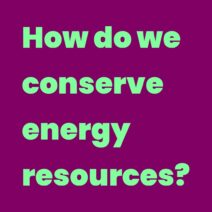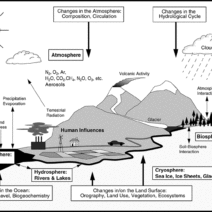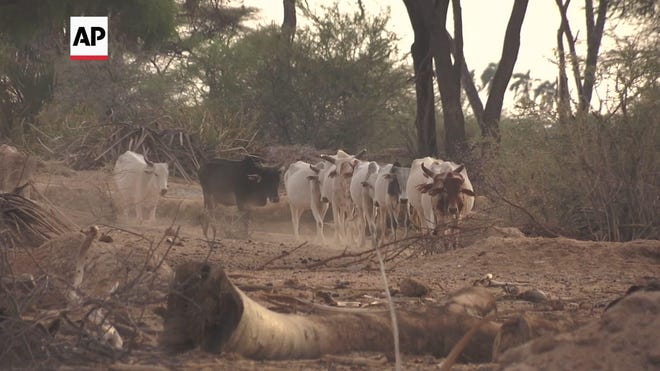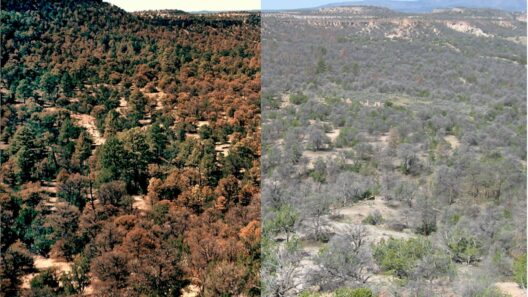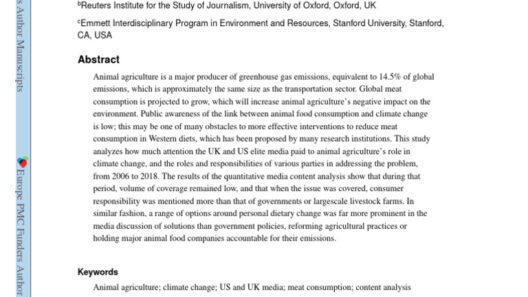Does global warming cause more floods and droughts? This question often sparks debate among scientists, policymakers, and the public. As we delve into the intricacies of climate science, it becomes apparent that the answer is not merely a straightforward ‘yes’ or ‘no’. Instead, it elucidates a broader narrative of our changing planet, interconnected weather systems, and the multifaceted impacts of human activity on the environment.
Firstly, it is imperative to understand the fundamental mechanisms of global warming. Human-induced emissions of greenhouse gases, primarily carbon dioxide, methane, and nitrous oxide, are driving a substantial increase in Earth’s average temperature. The Intergovernmental Panel on Climate Change (IPCC) has repeatedly underscored that the warming of the planet is unequivocal, with a rise of approximately 1.2 degrees Celsius since the late 19th century. This temperature escalation has far-reaching implications for our climate systems, acting as a catalyst for more erratic weather patterns.
To comprehend the link between global warming and the increased frequency of floods and droughts, we need to explore the hydrological cycle. The hydrological cycle describes the continuous circulation of water between the Earth’s atmosphere and its surface. Increased temperatures lead to higher evaporation rates from oceans, lakes, and rivers, resulting in more moisture in the atmosphere. Theoretically, this sounds beneficial for rainfall continuity; however, it also leads to a paradoxical scenario. With some regions experiencing excessive precipitation, others encounter severe deficits, thus creating fertile ground for both floods and droughts to coexist within our climate system.
Floods are increasingly becoming a prominent threat. As warmer air can hold more moisture, extreme rainfall events are becoming more commonplace. Intense storms are expected to unleash heavier downpours. When this is exacerbated by the loss of natural landscapes due to urbanization and deforestation, the capacity for the ground to absorb water diminishes, leading to increased surface runoff and, ultimately, flooding. Cities and towns that are ill-equipped to manage overwhelming amounts of water are particularly vulnerable, as evidenced by numerous flooded urban areas across the globe in recent years.
Moreover, not only does global warming fuel flooding, but it also contributes to drought conditions in various locales. Higher temperatures lead to accelerated evaporation from soil and water bodies, thereby intensifying aridity in regions susceptible to dry conditions. The phenomenon of “flash droughts,” where drought conditions can develop remarkably quickly, has become more prevalent, threatening agricultural systems and water supplies. With the unpredictability of rainfall patterns, farmers are left grappling with the specter of crop failures and livestock losses.
A compelling example is the American Midwest, where farmers have faced both record-breaking rainfall in one season and drought in another, sowing uncertainty and financial distress. Such changes disrupt traditional agricultural practices, posing the question: Can farmers adapt quickly enough to these shifting climatic conditions? The answer lies in innovative and sustainable agricultural practices that prioritize resilience against both droughts and floods. This necessitates a radical rethink of farming approaches, reliance on drought-resistant crops, and enhanced water management strategies.
The climatic dichotomy of extreme droughts and floods is not confined to the United States. Globally, regions such as East Africa and Southeast Asia have witnessed the dual wrath of climate extremes. In East Africa, prolonged drought periods severely affect pastoral communities reliant on livestock, while sudden, intense rains result in flash floods, displacing thousands. In Southeast Asia, the interplay of typhoons compounded by rising sea levels leads to devastating flooding events in densely populated coastal cities. These phenomena render populations increasingly vulnerable, emphasizing the dire need for comprehensive climate adaptation and mitigation strategies.
What, then, is the challenge that lies ahead? How do we navigate a future conditioned by such climatic volatility? The answer is multifaceted. Policy frameworks must integrate climate resilience into urban planning and infrastructure developments to mitigate flooding risks. Simultaneously, agricultural policies need to prioritize climate adaptation to protect food security against drought conditions. Investment in research for innovative technologies, like improved irrigation systems during water-scarce periods and flood-resistant crop varieties, becomes paramount.
Furthermore, global collaboration is essential. Climate change knows no borders; thus, a concerted international action plan is indispensable to confront and manage these emerging complexities. Treaties like the Paris Agreement provide a foundational framework, yet individual nations must translate these commitments into actionable local policies. Fostering awareness among communities about sustainable practices and climate preparedness enhances grassroots resilience, facilitating an informed citizenry capable of advocating for effective changes.
In conclusion, the relationship between global warming, floods, and droughts is emblematic of a more significant climate crisis that is reshaping our world. The interplay of warming temperatures, erratic weather patterns, and human vulnerability underscores the urgency of immediate and deliberate action. As we forge ahead, the ultimate challenge remains: ensuring that we address the intricate web of environmental issues while fostering a sustainable future for ourselves and generations to come. The stakes are high, but so are the opportunities for innovation, growth, and healing our planet’s complex systems.

